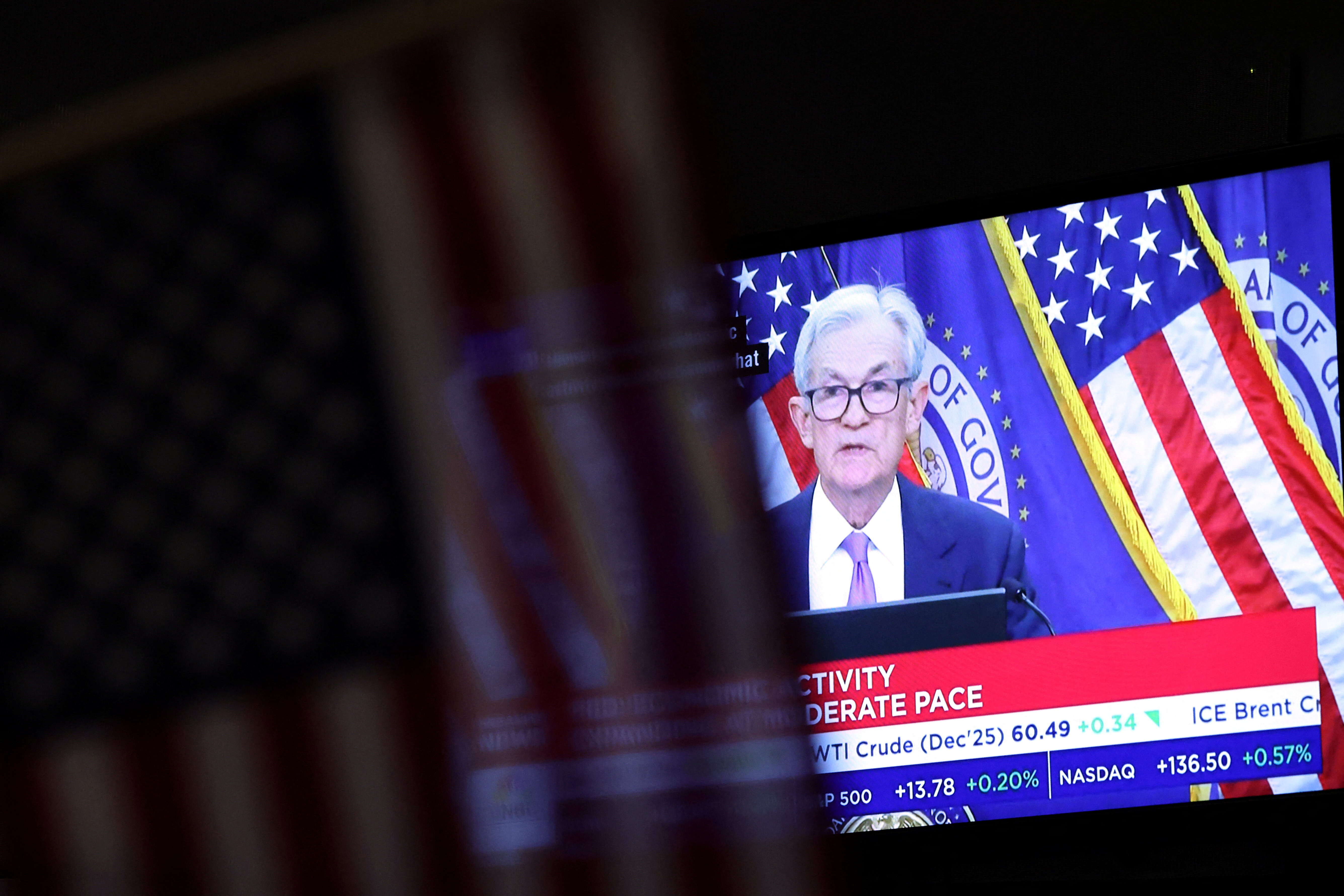Bad debts are mounting up. Here’s how efficient markets can help

Firms in default risk going out of business, which increases unemployment. Image: REUTERS/Andrew Winning
Access to credit has grown sharply over the last two decades, fueling economic growth, jumpstarting new companies, and creating jobs – particularly in developing countries.
But there’s a dark side to this credit boom: non-performing loans have skyrocketed. In emerging markets, banks have an estimated $1 trillion in non-performing loans on their balance sheets. And the total stock of distressed assets is much larger when restructured and written-off loans are considered.
Left unchecked, the explosion of distressed assets poses a systemic threat to financial markets and economic growth in emerging economies.
Firms in default risk losing their assets – and even going out of business – which stifles growth and increases unemployment. As more businesses fail and access to credit tightens, economies can drift into a downward economic spiral that harms businesses and families.
But there are ways to turn the danger of rampant non-performing loans into a thriving market that stimulates development. When investors can efficiently acquire distressed assets, banks free up capital for new lending and it becomes easier for firms and households to normalize their financial obligations and restore their creditworthiness.
Well-functioning distressed assets markets can also give struggling firms the chance to restructure and refinance before they go into default, preserving their viability and capacity to create jobs.
This is happening now in many countries. In Brazil, for example, over the past seven years millions of borrowers who had defaulted on their loans have become current again and regained access to formal credit.
India – where non-performing loans grew at a compound annual rate of 30% from 2010 to 2019, reaching $134 billion – is also taking steps in the right direction. The country has implemented a series of reforms to revamp its legal and regulatory environment to make it easier to resolve distressed assets, including a new bankruptcy code, a revised banking law, and more stringent provisioning requirements.
But the problem is far larger than one or two countries. Despite their clear benefits, distressed assets markets in most emerging economies are underdeveloped. To get the most out of these markets, regulators, banks, and investors need to step up. Here’s how they can bring the market for distressed assets further into the mainstream:
⦁ First, stakeholders must compromise and align their interests. The World Bank’s International Finance Corporation (IFC), in its role as a broker, engages regulators, banks, and investors to bring them together to work towards the same objectives, such as improving regulatory frameworks or deepening an understanding of the benefits of selling non-performing loans. For global investors, who must rely on local partners, ensuring such alignment is critical for successful partnerships.
⦁ Second, stakeholders need to be present on the ground and develop an understanding of the idiosyncrasies of a given jurisdiction, including the legal and regulatory framework, which is critical to resolving non-performing loans. The lack of local players is one of the biggest bottlenecks in developing distressed assets markets.
⦁ Finally, stakeholders must use best-resolution practices. Institutional investors need assurance that business is conducted professionally. Treating debtors as clients and partners leads to better outcomes and returns.
IFC has supported distressed assets markets for over a decade through its Distressed Assets Recovery Program, or DARP, which has built a network of distressed-assets servicers and deployed capital to acquire and resolve non-performing loans.
Since 2007, capital commitments under the programme have grown to over $7.3 billion globally, enabling banks to offload non-performing loans with a face value of more than $30 billion and helping over 18 million borrowers become creditworthy again.
For several years, DARP has collaborated with the World Bank’s Finance, Competitiveness & Innovation Global Practice to create the upstream legal, institutional, and policy frameworks necessary for distressed assets markets to thrive.
A new report, DARP: Creating Distressed Assets Markets, offers a first-of-its-kind overview of the distressed assets market. It describes the market’s evolution, outlines the role of governments in building the regulatory foundation for managing distressed assets, and covers the role of asset management companies. It also analyzes markets where the pre-conditions, including the strength of the legal and regulatory framework, for developing distressed assets markets are in place or well underway.
The report’s findings can help develop distressed assets markets and stabilize financial systems in emerging markets. That means more debtors can recover; robust, new markets can thrive; and investors can generate long-term, positive returns that contribute to poverty alleviation and create opportunities for the underserved.
Don't miss any update on this topic
Create a free account and access your personalized content collection with our latest publications and analyses.
License and Republishing
World Economic Forum articles may be republished in accordance with the Creative Commons Attribution-NonCommercial-NoDerivatives 4.0 International Public License, and in accordance with our Terms of Use.
The views expressed in this article are those of the author alone and not the World Economic Forum.
Stay up to date:
Financial and Monetary Systems
Forum Stories newsletter
Bringing you weekly curated insights and analysis on the global issues that matter.
More on Financial and Monetary SystemsSee all
Jaime Magyera
November 13, 2025







